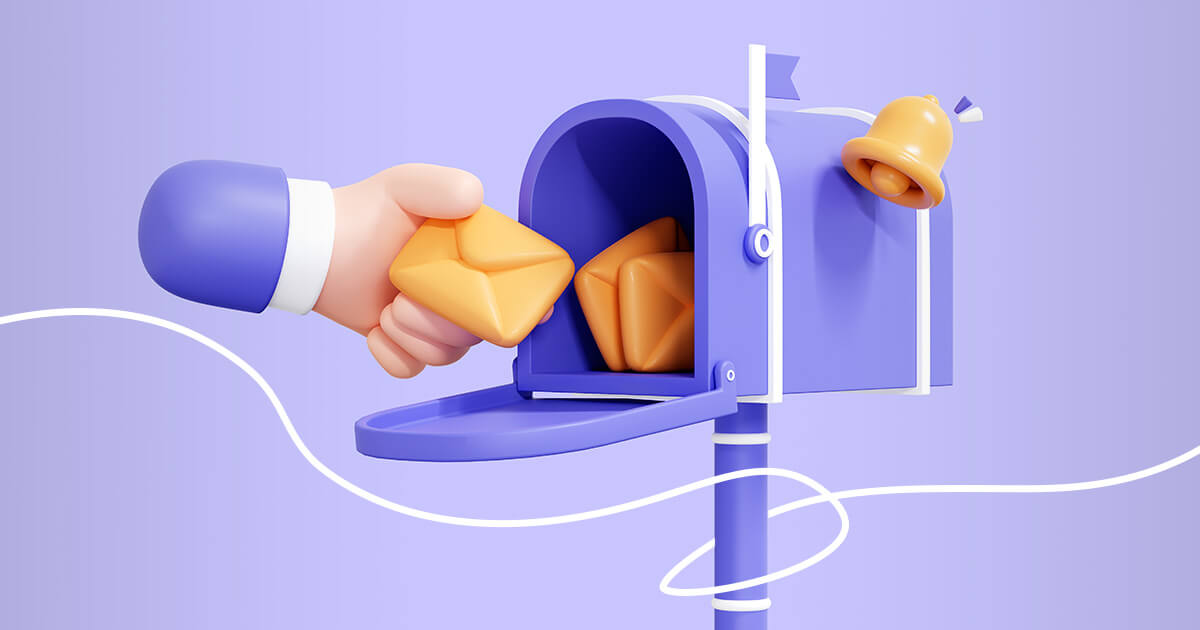The results can be tracked. Here’s how: сreate separate contact information for each mail campaign. If your goal is to get people to visit your website, create a dedicated landing page or UTM tags and point to it in your mail. To make the process easier for your subscribers, add QR codes or shorten the links. If you want to get calls — dedicate a unique phone number to use just for that. Then, when someone visits that landing page or calls that unique number, you’ll know they came from a successful direct mail campaign.
It’s impossible to end up in the spam folder. An email can go to spam and the recipient won’t see it, but this can not happen with direct mail. It will always be put in the mailbox, and the owner will see it together with the rest of the mail.
There is no need to opt-in for direct mail. To legally send promotional emails to someone, the recipient needs to first give their permission for that. Businesses need to ensure double opt-in, disclose its privacy policy, etc. There is no national-level prohibition (in the U.S.) to send direct mail advertising, though.
Direct mail works great with digital marketing strategy. As part of a multi-channel strategy, it compliments marketing efforts and can also be a pathway to digital channels (like social media and a website).
Direct mail is less common. With fewer marketers sending it, it makes it a rarity in a prospect’s inbox and something to get excited about. Especially if you make it more personal by adding a handwritten stamp or writing the recipient’s address by hand.
Direct mail is tangible and it sticks around. To achieve that it needs to have something attractive to the customer. A $10 off coupon for a local pub or a gift card for a flower shop, an invitation to the new shopping mall in the neighborhood, or a sticker with a useful checklist. There is no need for a brick-and-mortar location — it can be a discount to an e-commerce store too. When people get this type of mail, they will likely stick it to their fridge or leave it on their table. Then, people might remember the coupon when they need that product and choose your business instead of a competitor.
It increases brand awareness. In the example above, people eventually remember and use the brand’s offer. But what if they don’t? Will the mail just lay there, and be eventually forgotten? Not necessarily. They may not have a use for it now, but they saw your logo, your brand name, and what you do. And if the day comes your mail recipients need something you offer, they might just visit your site and buy it. It wouldn’t happen without your mail because they wouldn’t know about you. But after people learned of you, the opportunity appeared — that is brand awareness in action.






























